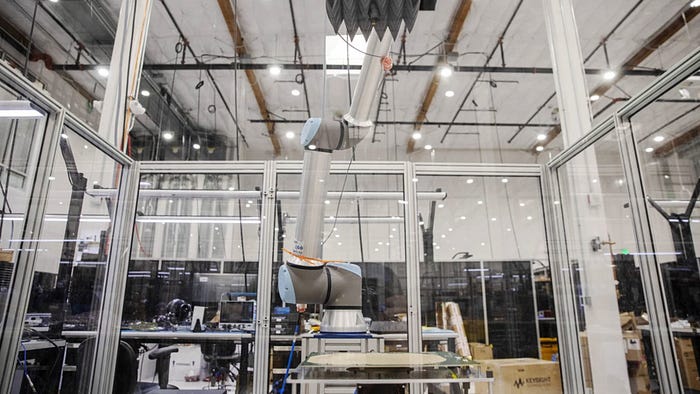The Dawn of Satellite Internet Constellations

The march of human progress has always been defined by connectivity, from the ancient silk roads that first connected East and West, to the transatlantic telegraph cables of the 19th century. Today, we are on the precipice of the next great leap in global communication — satellite internet constellations. This modern marvel of engineering, pioneered by both private companies and public initiatives, aims to democratize internet access, bridging the digital divide that persists across many parts of the world.
Among the vanguard of these satellite internet ventures, we find companies such as OneWeb, SpaceX’s Starlink, Amazon’s Project Kuiper. Each seeks to launch constellations of artificial satellites, but their goals, methods, and technologies differ substantially.
OneWeb’s Polar Endeavor
OneWeb, a London-based company, stands tall among these innovators, aiming to provide global coverage with a constellation of 648 low Earth orbit (LEO) satellites by 2022. With each satellite traveling seven times faster than a bullet, OneWeb’s constellation will form a seamless relay of signals, creating a reliable internet service for remote and underserved areas.
However, as with any endeavor of this scale, challenges abound. Financial turbulence saw OneWeb filing for Chapter 11 bankruptcy protection in 2020, only to be rescued by the UK government and Bharti Global Limited. Despite this financial rollercoaster, OneWeb persists in its mission of providing global broadband connectivity from space, a testament to the conviction behind the project.
A Tale of Two Constellations: OneWeb vs. Starlink
Comparisons are naturally drawn between OneWeb and its U.S. counterpart, SpaceX’s Starlink. With over 1,700 satellites already in orbit and plans for up to 42,000 in total, Starlink aims to eclipse OneWeb’s constellation in scale and coverage. Starlink’s satellites operate in higher orbits and use a broader range of frequencies, promising up to 10 Gbps of global capacity.
However, it is not just a numbers game. OneWeb’s focus on the Ku-band frequency, polar orbits, and a smaller constellation might provide different advantages, such as easier management and less radio frequency interference. Essentially, while they share the same lofty goal, their paths diverge, revealing two unique interpretations of the satellite internet paradigm.
Project Kuiper: Amazon’s Leap into Space
Amazon’s Project Kuiper is another noteworthy endeavor. Under this project, Amazon plans to launch 3,236 LEO satellites, a constellation designed to bring fast, affordable broadband to unserved and underserved communities. Despite the company’s lack of experience in space technology, Amazon’s massive logistical and financial power cannot be ignored.
In comparing Project Kuiper and Starlink, it’s clear that both projects share similarities in their goals and use of frequencies. Yet, significant differences exist. While Starlink already offers beta services in select regions, Project Kuiper is still in its infancy. Furthermore, Starlink’s satellites operate at a higher altitude, a potential advantage in minimizing latency. However, the final verdict will have to wait until both projects are fully operational.
The Dawn of a New Era
In conclusion, the era of satellite internet constellations is at our doorstep. Each of these projects embodies a unique vision of this future, driven by distinct technological, commercial, and geopolitical factors. But regardless of the outcome, the real winners of this race will be the remote and underserved communities around the world who will gain access to reliable, high-speed internet for the first time.
As this new age of connectivity dawns, it’s essential to monitor and manage the challenges that come with it. The potential for space debris, signal interference, and geopolitical disputes looms large over these endeavors. Nevertheless, with careful stewardship, the satellite internet constellation can become humanity’s next great leap in connectivity, transforming the world in ways we are only beginning to imagine.
As we brace ourselves for this thrilling ride into the future, one can’t help but reflect on Arthur C. Clarke’s words: “Any sufficiently advanced technology is indistinguishable from magic.” In this sense, we are all about to become part of a grand magic trick, woven from the threads of human ingenuity and perseverance.
